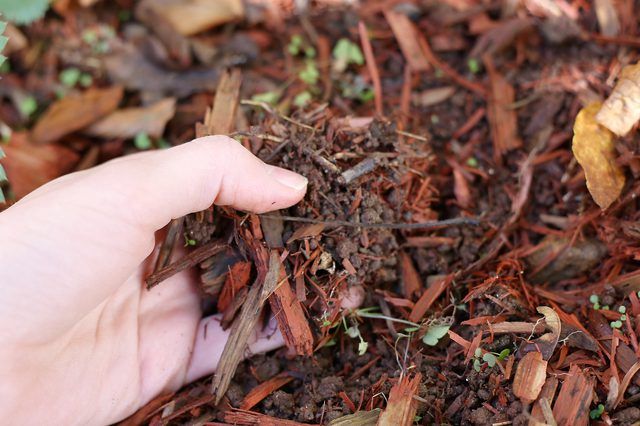Bulbs
Flower Basics
Flower Beds & Specialty Gardens
Flower Garden
Garden Furniture
Garden Gnomes
Garden Seeds
Garden Sheds
Garden Statues
Garden Tools & Supplies
Gardening Basics
Green & Organic
Groundcovers & Vines
Growing Annuals
Growing Basil
Growing Beans
Growing Berries
Growing Blueberries
Growing Cactus
Growing Corn
Growing Cotton
Growing Edibles
Growing Flowers
Growing Garlic
Growing Grapes
Growing Grass
Growing Herbs
Growing Jasmine
Growing Mint
Growing Mushrooms
Orchids
Growing Peanuts
Growing Perennials
Growing Plants
Growing Rosemary
Growing Roses
Growing Strawberries
Growing Sunflowers
Growing Thyme
Growing Tomatoes
Growing Tulips
Growing Vegetables
Herb Basics
Herb Garden
Indoor Growing
Landscaping Basics
Landscaping Patios
Landscaping Plants
Landscaping Shrubs
Landscaping Trees
Landscaping Walks & Pathways
Lawn Basics
Lawn Maintenance
Lawn Mowers
Lawn Ornaments
Lawn Planting
Lawn Tools
Outdoor Growing
Overall Landscape Planning
Pests, Weeds & Problems
Plant Basics
Rock Garden
Rose Garden
Shrubs
Soil
Specialty Gardens
Trees
Vegetable Garden
Yard Maintenance
How to Care for a Hydrangea After the Flowers Wilt
How to Care for a Hydrangea After the Flowers Wilt. Hydrangeas are often grown in Southern gardens, as they have a long blooming period and thrive in areas with mild winters and little freezing. Even in colder regions hydrangeas grow well as a potted plant, whether grown inside the home year-round or brought inside for winter. Whether it is grown...
Hydrangeas are often grown in Southern gardens, as they have a long blooming period and thrive in areas with mild winters and little freezing. Even in colder regions hydrangeas grow well as a potted plant, whether grown inside the home year-round or brought inside for winter. Whether it is grown outdoors or in a pot, caring for the hydrangea after the flowers wilt ensures the plant remains healthy and produces another profusion of blossoms the following year.
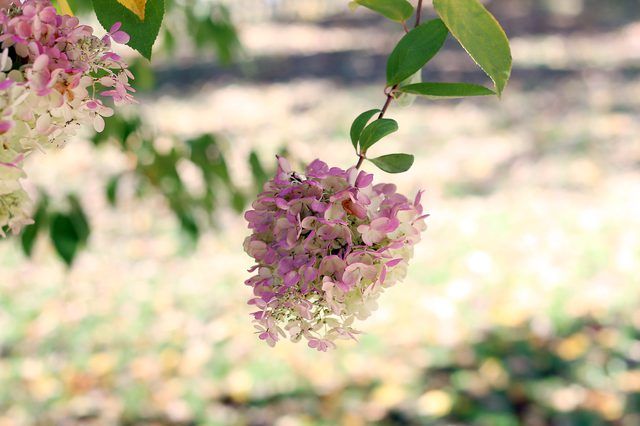
Things You'll Need
Pruning saw or shears
Fertilizer
Mulch
Step 1
Remove spent flower stalks as soon as they fade, to prolong blossoming. Snap the stalks off at the base and dispose of them. This also keeps the hydrangea attractive.
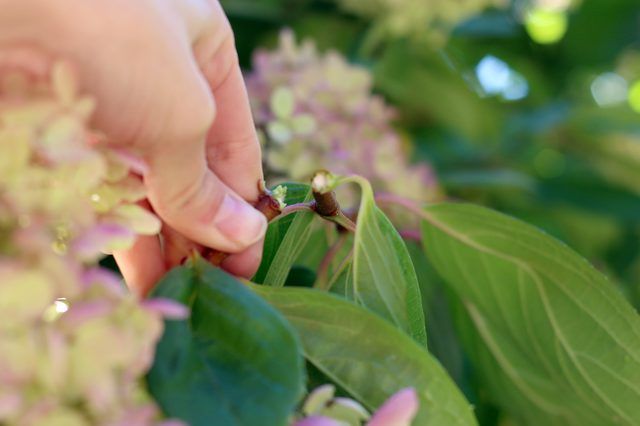
Step 2
Prune the hydrangea in late summer after it has stopped producing new flowers. Cut off the older stems, which will have become dark brown and woody. Trim them to where they emerge from the ground with a pruning saw or shears. Avoid cutting the newer green growth, as these are the stems that will produce next year's flowers.
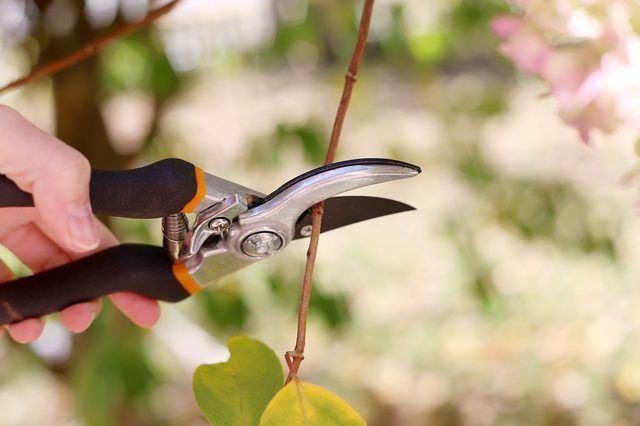
Step 3
Fertilize the hydrangea after pruning to encourage healthy new growth. Use an 8-8-8 fertilizer at the rate recommended on the package for outdoor hydrangeas, spreading it on the soil 3 feet away from the main stem. Fertilize potted hydrangeas with a soluble houseplant food at the rate recommended on the package.
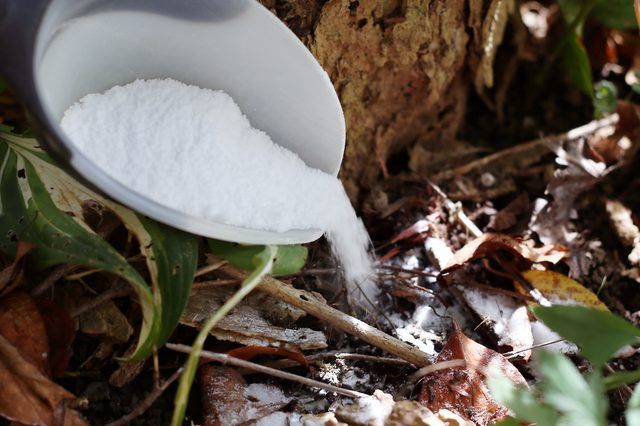
Step 4
Water the pruned and fertilized hydrangea until the soil is evenly moist but not soggy, as this helps it begin soaking up the fertilizer nutrients as soon as possible. Water outdoor hydrangeas until the top 6 inches of soil feel moist. Water potted hydrangeas until the excess moisture begins draining from the bottom of the pot.
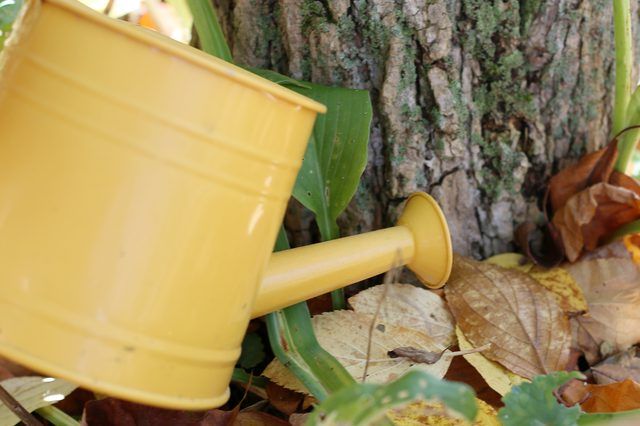
Step 5
Lay a 2- to 3-inch layer of mulch around outdoor plants in the fall after flowering. Mulch preserves soil moisture throughout winter and protects the roots from light frosts. Bring outdoor potted plants indoors before the first fall frost, if applicable.
